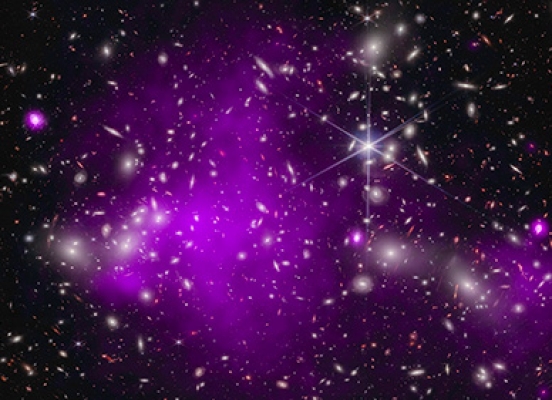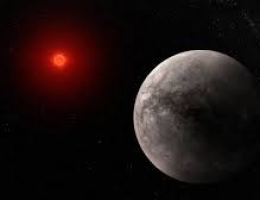
Supermassive Surprise: Black Hole Jet Packs Energy of 10 Trillion Suns
- By zaka ali --
- Monday, 16 Jun, 2025
In a discovery that stretches the boundaries of cosmic observation, astronomers have identified two colossal X-ray jets erupting from supermassive black holes—so ancient they shine through the afterglow of the Big Bang.
The findings, presented by astrophysicist Dr. Jaya Maithil at the American Astronomical Society’s 246th meeting in Anchorage, Alaska, reveal that these jets are transforming the universe’s earliest light into high-energy streams visible across billions of light-years.
Using NASA’s Chandra X-ray Observatory and the Karl G. Jansky Very Large Array, researchers found that each jet spans an astonishing 300,000 light-years—nearly triple the diameter of the Milky Way. These jets originate from quasars located approximately 11.6 and 11.7 billion light-years away, offering a glimpse into a time when the universe was just 3 billion years old.
“These quasars are like cosmic time capsules,” said Maithil. “They help us understand how black holes influenced galaxy formation in the early universe.”
One of the jets, from quasar J1610+1811, appears in Chandra’s imagery as a faint purple streak extending from a bright core, with a second, dimmer jet shooting in the opposite direction. The challenge of detecting such faint structures near intensely bright sources was likened by Maithil to “looking for candlelight next to a blazing flashlight.”
What makes these jets especially remarkable is their interaction with the cosmic microwave background (CMB)—the residual radiation from the Big Bang. As electrons in the jets collide with CMB photons, they boost them into the X-ray range, making the jets detectable across vast cosmic distances.
The research, soon to be published in The Astrophysical Journal, underscores how ancient black holes may have played a more dynamic role in shaping the early universe than previously thought.





